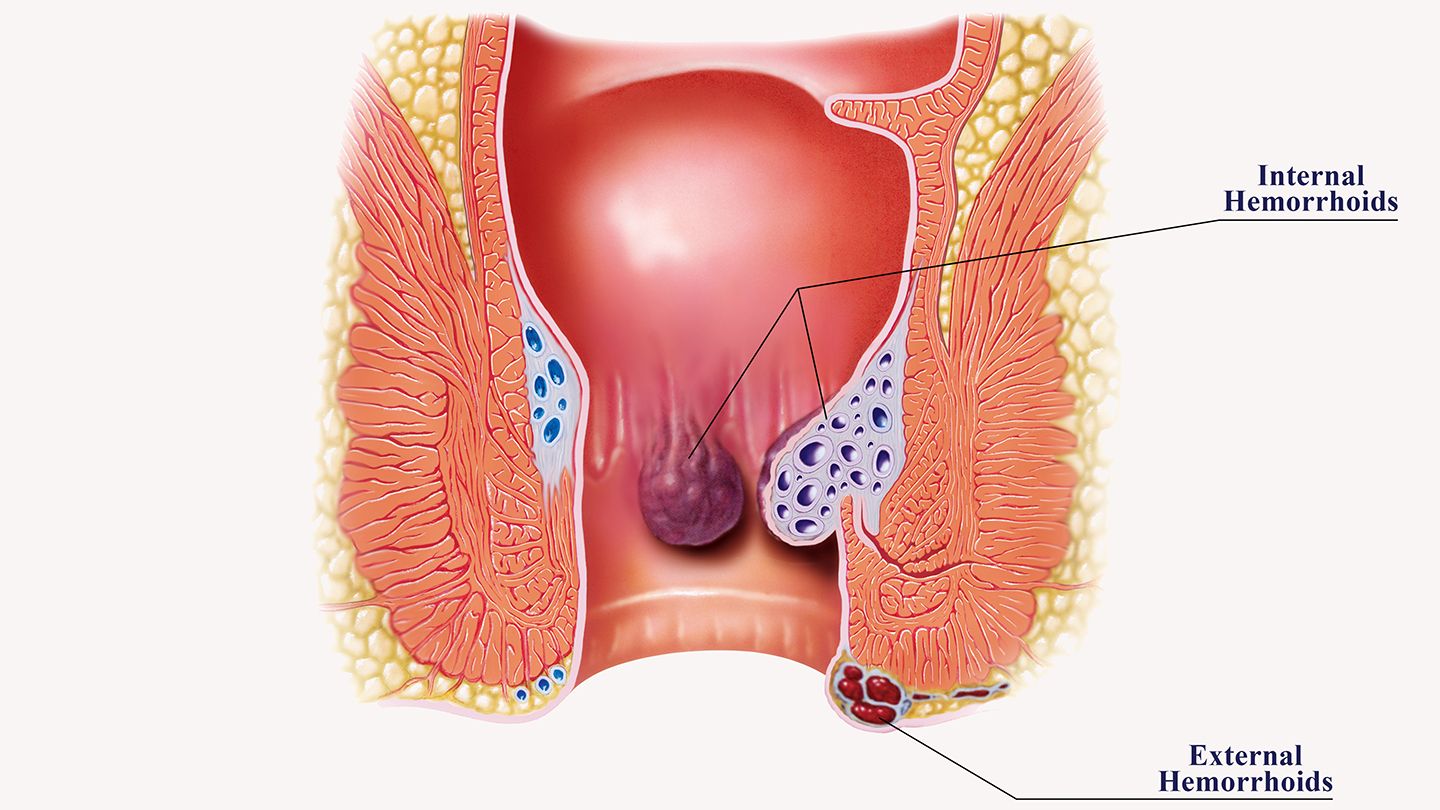- Empty cart.
- Continue Shopping
Understanding Haemorrhoids: Causes, Symptoms, Treatment, and Prevention

Haemorrhoids, commonly known as piles, are a prevalent medical condition affecting millions of individuals worldwide. We will delve into the causes, symptoms, treatment options, and preventive measures for haemorrhoids. By gaining a thorough understanding of this condition, you can take proactive steps to manage and alleviate its impact on your well-being.
What are Haemorrhoids?
Haemorrhoids are vascular structures located in the rectum and anus. When these structures become swollen or inflamed, they can lead to discomfort, pain, and other distressing symptoms. There are two types of haemorrhoids: internal, which occur inside the rectum, and external, which form under the skin around the anus.
Causes of Haemorrhoids
Several factors can contribute to the development of haemorrhoids:
- Straining During Bowel Movements: The primary cause of haemorrhoids is excessive pressure on the lower rectum. This often happens when individuals strain during bowel movements.
- Chronic Constipation or Diarrhea: Irregular bowel habits can lead to haemorrhoids. Chronic constipation causes the stool to become hard and dry, making it difficult to pass. Conversely, persistent diarrhea can irritate the rectum and lead to inflammation.
- Pregnancy and Childbirth: The increased pressure on the abdomen and pelvic area during pregnancy can lead to haemorrhoids. Additionally, the strain of childbirth can contribute to their development.
- Sedentary Lifestyle: Lack of physical activity and prolonged periods of sitting can impede blood flow in the lower rectum, potentially leading to haemorrhoids.
Recognizing the Symptoms
Identifying the symptoms of haemorrhoids is crucial for seeking timely medical intervention. Common signs include:
- Rectal Bleeding: This is often the first noticeable symptom. Blood may be observed on toilet paper or in the toilet bowl after a bowel movement.
- Pain or Discomfort: Haemorrhoids can cause pain, itching, or a burning sensation around the anus.
- Protrusion or Lump: In cases of external haemorrhoids, a visible lump or swelling may be present around the anal area.
- Mucus Discharge: Some individuals may experience a mucus-like discharge from the rectum.
Treatment Options
Effective treatment of haemorrhoids depends on the severity and type of the condition. Here are some common approaches:
- Lifestyle Modifications: Making changes in your daily routine can significantly alleviate haemorrhoidal symptoms. This includes adopting a high-fiber diet, staying hydrated, and engaging in regular exercise to promote healthy bowel movements.
- Topical Treatments: Over-the-counter creams, ointments, or suppositories can provide relief from itching and discomfort associated with haemorrhoids.
- Minimally Invasive Procedures: In cases of persistent or severe haemorrhoids, minimally invasive procedures like rubber band ligation or sclerotherapy may be recommended to shrink the haemorrhoidal tissue.
- Surgical Intervention: For severe or recurring haemorrhoids, surgical options such as hemorrhoidectomy or stapled haemorrhoidopexy may be considered.
Preventing Haemorrhoids
Prevention plays a crucial role in managing haemorrhoids and preventing their recurrence. Here are some effective strategies:
- Maintain a High-Fiber Diet: Incorporate plenty of fruits, vegetables, and whole grains into your diet. Fiber softens stool and promotes regular bowel movements, reducing the risk of haemorrhoids.
- Stay Hydrated: Proper hydration helps maintain soft and well-formed stool, making it easier to pass.
- Avoid Straining During Bowel Movements: Take your time in the bathroom and avoid excessive straining. If needed, use a stool softener to ease bowel movements.
- Stay Active: Engage in regular physical activity to promote healthy blood flow and prevent stagnation in the lower rectum.
- Practice Good Hygiene: Keep the anal area clean and dry. Use gentle, unscented wipes or a bidet for cleaning after bowel movements.
In conclusion, Haemorrhoids can be a source of discomfort and inconvenience, but with the right knowledge and proactive measures, they can be effectively managed. Understanding the causes, recognizing the symptoms, seeking appropriate treatment, and implementing preventive strategies can go a long way in improving your quality of life. By taking these steps, you can regain control and minimize the impact of haemorrhoids on your overall well-being.








